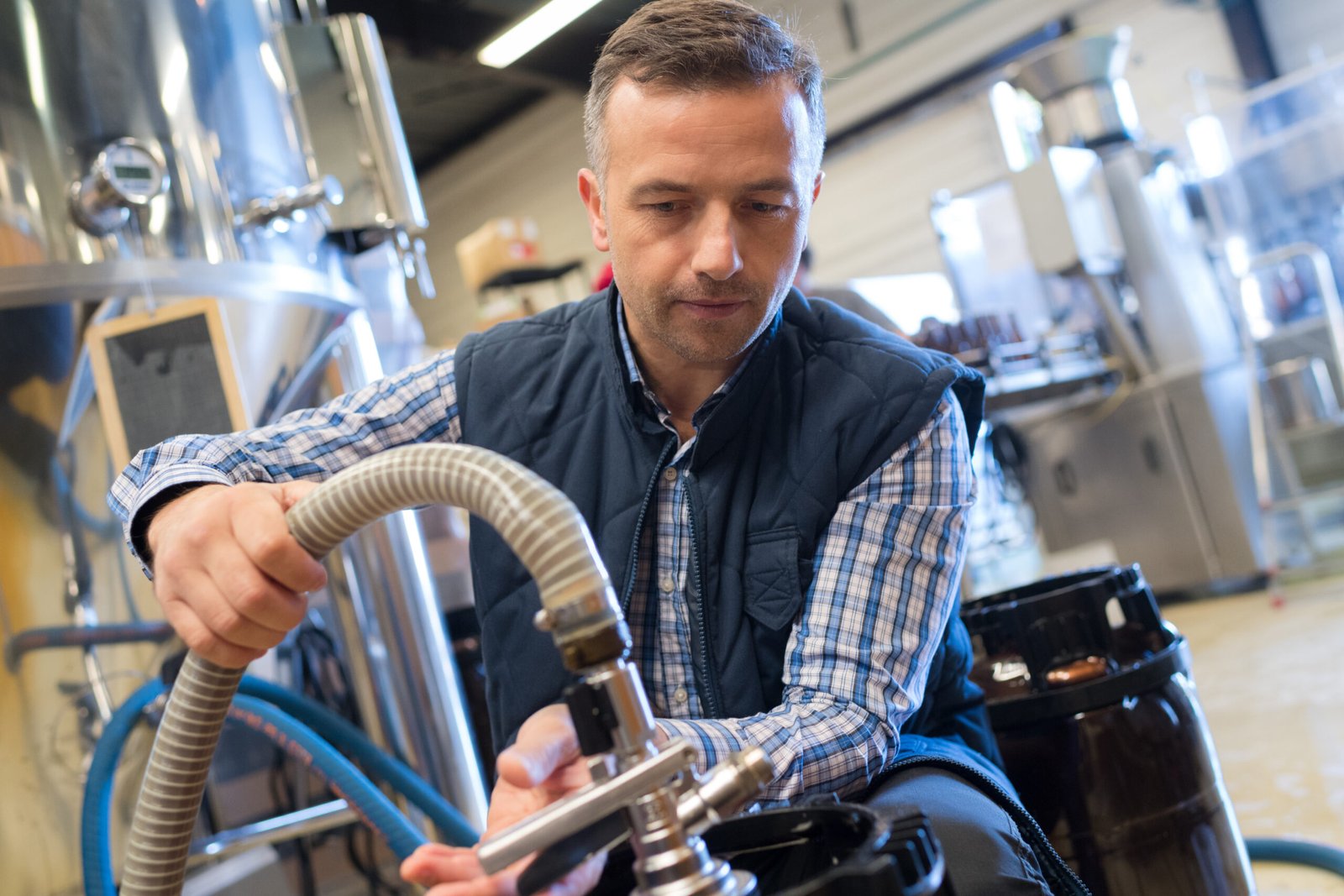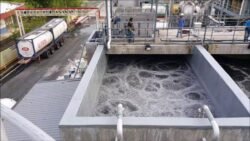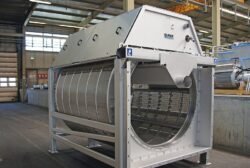Which Substance Is Not Removed By Wastewater Treatment Facilities

Which Substance Is Not Removed By Wastewater Treatment Facilities?
Wastewater treatment is an essential process for protecting public health and maintaining the natural environment. Modern wastewater treatment plants are engineered to remove a broad spectrum of contaminants from the water before it’s discharged back into the environment or reused. These plants primarily focus on the removal of organic matter, suspended solids, nutrients like nitrogen and phosphorus, and pathogens. However, despite significant advancements in treatment technologies, some substances still manage to escape conventional wastewater treatment processes. This article will explore these elusive substances, understand why they are difficult to remove, and discuss the implications for the environment and human health.
Introduction to Wastewater Treatment
To fully appreciate the challenges within wastewater treatment, it’s important to understand the basic process. Wastewater treatment typically involves several stages:
-
- Primary Treatment: This phase focuses on removing large debris and suspended solids through physical processes like screening and sedimentation.
-
- Secondary Treatment: Biological methods, often involving microbial action, digest organic material and some nutrients.
-
- Tertiary Treatment: Advanced processes that aim to polish the effluent, removing additional nutrients, dissolved substances, and pathogens. Common methods include filtration, lagooning, and the use of constructed wetlands.
-
- Disinfection: The final treatment step involves removing pathogens using methods like chlorination, ultraviolet light, or ozonation.
Despite these comprehensive methods, certain contaminants persist beyond the barriers of traditional treatment.
Problematic Substances
1. Pharmaceuticals and Personal Care Products (PPCPs)
Challenges: Pharmaceuticals and personal care products encompass a large group of substances ranging from prescription drugs to shampoos and lotions. These compounds make their way into wastewater primarily through human excretion and direct disposal. The challenges in removing PPCPs arise from their diverse chemical properties. Many treatment plants are not specifically designed to break down these chemical structures.
Implications: The presence of PPCPs in the aquatic environment can have a variety of effects. Some pharmaceuticals are known to disrupt endocrine systems in aquatic organisms, leading to reproductive and developmental issues. Moreover, the continuous input of pharmaceuticals contributes to the rising issue of antibiotic resistance.
2. Microplastics
Challenges: Microplastics are tiny plastic particles less than 5mm in size, originating from the breakdown of larger plastic debris or as microbeads from cosmetic products. Wastewater treatment plants are adept at capturing larger particles, but microplastics, given their size and buoyancy, often evade complete capture in traditional systems.
Implications: Microplastics in aquatic environments are concerning due to their persistence and potential to transport other pollutants such as pathogens and heavy metals. Ingested by marine life, microplastics can accumulate in the food chain, ultimately posing risks to human health.
3. Endocrine Disrupting Chemicals (EDCs)
Challenges: EDCs can interfere with hormone systems even at low concentrations. These substances include a variety of industrial chemicals, pesticides, and compounds used in consumer products. The complexity of EDCs stems from their variable molecular structures, making it challenging to target them all using standard treatment methods.
Implications: EDCs can lead to adverse health effects such as reproductive disorders and neurological problems in both wildlife and humans. Their widespread presence and persistence are of increasing concern to environmental scientists and public health officials.
4. Heavy Metals
Challenges: Heavy metals like arsenic, mercury, cadmium, and lead are introduced into wastewater from industrial discharges and urban runoff. Although many treatment processes can reduce heavy metal concentrations, they are not always eliminated entirely, especially when present in minute quantities.
Implications: Accumulation of heavy metals in aquatic systems can be toxic to aquatic organisms, contaminating the food chain and posing health risks to humans. Chronic exposure can affect vital organs, leading to critical health issues.
Emerging Treatment Technologies
Recognizing the limitations of conventional treatment processes, research and development have surged towards finding effective solutions for these persistent substances.
Advanced Oxidation Processes (AOPs): These methods involve the generation of highly reactive species capable of breaking down organic contaminants. Techniques such as ozonation and photocatalysis have shown promise in degrading complex molecules like pharmaceuticals and endocrine disruptors.
Membrane Technologies: Processes such as nanofiltration and reverse osmosis have been increasingly adopted. They offer a higher removal efficiency for a wide range of contaminants, including microplastics and heavy metals.
Bioaugmentation and Bioremediation: Enhancing microbial communities or introducing specialized organisms to treat specific contaminants holds potential. Genetic modifications and the use of naturally occurring bacteria have been researched extensively to target stubborn compounds.
Constructed Wetlands: These systems use natural processes involving vegetation and microorganism interactions to treat wastewater. They are particularly effective at removing nutrients and some organic compounds but have limitations with more complex substances.
Environmental and Legislative Responses
As the scientific community becomes more aware of the inadequacies of current wastewater treatment systems, regulatory bodies and environmental organizations are taking action. Guidelines for acceptable limits of PPCPs and microplastics in effluent are developing, although progress is slow. Countries are also investing in upgrading infrastructure and adopting technologies to address these contaminants.
Public Awareness and Behavioral Change
Beyond technology and regulation, public awareness and behavioral change play significant roles. Educating consumers about the proper disposal of pharmaceuticals, reducing plastic usage, and promoting environmentally friendly personal care products contribute to mitigating the challenges wastewater treatment plants face.
Conclusion
Wastewater treatment facilities are vital pillars in the protection of aquatic ecosystems and public health. However, as industrial activities and consumer product use evolve, so must the technologies and strategies employed to tackle emerging contaminants. Continued investment in research, infrastructure, policy development, and community engagement is essential to advance our abilities to remove these persistent substances effectively.
Ultimately, a combination of cutting-edge technologies and proactive public behavior will be key in ensuring that wastewater treatment facilities can meet current and future challenges, safeguarding both the environment and human health for generations to come.



